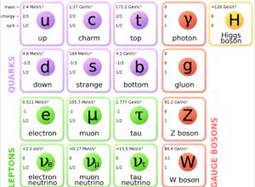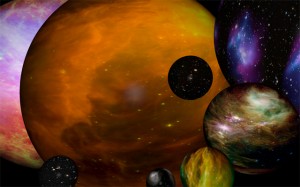Today on the calendar is not the 50th Anniversary of the March on Washington: that will occur 28 August, next Wednesday.
There will be a reinactment commemoration tomorrow. I was one years old and a few days at the time. Soldiers like my sister and Representative John Lewis were in the fight: arrested, beaten, bitten, [smoke] blown in faces, cursed, hosed, jailed, spat on - drilled ad nauseum on passive psychological resistance techniques that would have made SERE trainees cringe.
50 years later: Jackie Robinson's statue is desecrated like he never played the game or changed the world; Representative Stockman wants a repeat performance of the Missouri rodeo clown in Texas (ironic he represents the 36th district where James Byrd died in Jasper); section 4 of the Voting Rights Act gone and draconian ID laws/21st Century Poll Tax in effect and "Moral Mondays" in my home state. I'm not sure if it will be a commemoration, or a wake. We shall see.
One of the most powerful Trek episodes for me as a youth was "Let That Be Your Last Battlefield." Recall, the 60s weren't just "make love, not war": there was a lot of both. Vietnam overseas, protests of the war and Civil Rights/Voting Rights marches at home. Suspicions that any deviance from the John Birch Society authoritarian "norm" was judged subversive; communist, therefore necessarily purged and crushed from existence. Judging from the date of airings, its first showing came nine months after the sad assassination of Dr. Martin Luther King.
It also aired during the climate of the Cold War, a period many seemingly LONG to get back to (that madness), where the nuclear "plan" was called MAD: mutually assured destruction. We still possess that insane power, essentially holding humanity hostage; guns to our own heads.
Gene Roddenberry put an interracial, international crew together: Nyota Uhura (literally: "Freedom Star" in Kiswahili); Hikaru Sulu (for the Sulu sea, meant to represent all of Asia, but of fictional Japanese origin); Pavel Andreievich Chekov (a RUSKIE for crying out loud!). You could say in this fictional treatment, Bele and Lokai "stood their ground" until the end. Roddenberry, as I've commented before developed his own eschatology, yet positive and relevant that we might just survive our own hubris, essentially stemming from old tribal conflicts and current contemporary displays of breathtaking stupidity and arrogance.
This episode was a stark warning; the inevitable consequences of NOT...
Source: Wikipedia
"Let That Be Your Last Battlefield" is the fifteenth episode of the third season of the original science fiction television show Star Trek. It was first broadcast on January 10, 1969, and repeated on August 12, 1969. It was written by Oliver Crawford, based on a story by Gene L. Coon (writing under his pen name "Lee Cronin") and directed by Jud Taylor. The script evolved from an outline by Barry Trivers for a possible first season episode called "A Portrait in Black and White". The script was accepted for the third season following budget cuts. The episode guest-stars Lou Antonio and Frank Gorshin, best known for his role as The Riddler in the Batman live-action television series. Contrary to popular rumor and articles, Gorshin was not Emmy nominated for this role.
In this episode, the Enterprise picks up two survivors of a war-torn planet, who are still committed to destroying each other aboard the ship.
Amazon link
Once the Ariannus mission is completed, Bele takes control of the Enterprise again, but this time he deactivates the auto-destruct in the process and sends the ship to Cheron. Once there, the two aliens find the planet's population completely wiped out by a global war fueled by insane racial hatred. Both Lokai and Bele stare silently at the destruction on the monitor and realize they are the only ones left of their race (or, as they see it, their "races").
Instead of calling a truce, the two beings begin to blame each other for the destruction of the planet and a brawl ensues. As the two aliens fight, their innate powers radiate, cloaking them with an energy aura that threatens to damage the ship. With no other choice, Kirk sadly allows the two aliens to chase each other down to their obliterated world to decide their own fates, consumed by their now self-perpetuating mutual hate. Forlorn, Lt. Uhura asks if their hate is all they ever had. Kirk ruefully says no...but it is all they have left.
"Our scientific power has outrun our spiritual power. We have guided missiles and misguided men."
"A nation that continues year after year to spend more money on military defense than on programs of social uplift is approaching spiritual doom."
"We must learn to live together as brothers or perish together as fools."
"The choice is not between violence and nonviolence but between nonviolence and nonexistence."
Dr. Martin Luther King Jr., BrainyQuote.com












